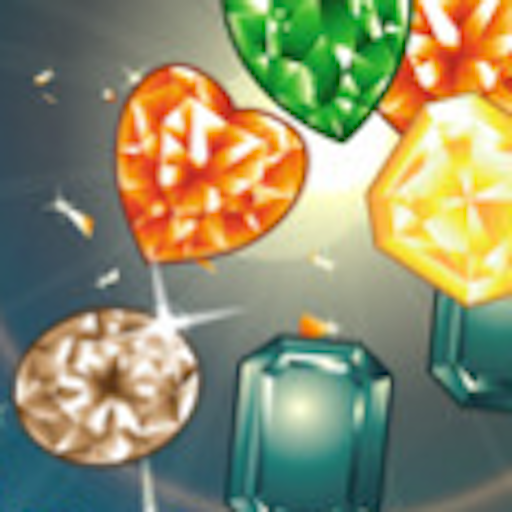

Ernest Oppenheimer's family had been involved in South Africa's diamond industry for many years. In 1902, a young German-born diamond buyer arrived at Kimberley as the representative of a London diamond broking firm. De Beers continues today to dominate the world diamond markets. Over a century later, the company still has its registered office in Stockdale Street in Kimberley. Rhodes bought out Barnato for £5,3-million and the two mines were amalgamated under the new company, De Beers Consolidated Mines. Although the mine has been closed for decades, it is now a popular tourist attraction known as 'The Big Hole'.īy 1889, the future of the diamond world depended on the outcome of a battle for total control between Rhodes' De Beers and Barnato's Kimberley Mines. Showing remarkable business acumen, Barnato became a multi-millionaire and gained control of the Kimberley Mine within five years of arriving in town. Like Rhodes, Barney Isaacs better known as Barney Barnato had successfully plied his trade as a middleman and claim-dealing entrepreneur.

Rhodes had decided that consolidation was the key to the success of the diamond fields and the company eventually took control of the De Beers mine. During the 1870s Rhodes laid the foundation for his later massive fortune by speculating in diamond claims, introducing various mining techniques and eventually forming the De Beers Mining Company in 1880. The haphazard nature of the diggings were dangerous and could not be worked at all during the rainy season until an enterprising 19 year old Englishman named Cecil John Rhodes imported a steam operated pump to keep the diggings dry. Soon the tents were replaced by corrugated iron and mud-brick houses and rudimentary hotels, bars, brothels, banks, stores, a church, a school, the famed Kimberly Club and the stock exchange. The 'Colesburg Kopje' - site of the future Kimberley and the richest treasure house of high quality gem diamonds in the world – was discovered nearby in 1871 and saw the dawning of the 'New Rush' had begun and the arrival of the famed diamond legends.īy 1872, approximately 50 000 men had encamped in the area. Some of the first significant finds were made about 30 kilometres from the Vaal on the farm Vooruitzicht belonging to two De Beer brothers. The 83.50 carat diamond was named 'The Star of Africa' and was sold in England to the Earl of Dudley for the then princely sum of £25000.ĭiggers flocked to the area and staked their claims along the banks of the Orange and then the Vaal River and its tributaries to the north. The discovery of this stone set off the diamond rush and Van Niekerk ultimately sold the stone to a firm of local jewellers for £11200. Having learned something about precious stones, Schalk traded almost all his belongings including 10 oxen, a horse and 500 sheep for the stone. Almost three years later in March 1869, a Griqua shepherd named Booi from the farm Zandfontein picked up another pebble and after in vain to trade it, once again found his way to Schalk van Niekerk. Schalk van Niekerk - The news triggered a flurry of excitement in the Hopetown area, but eager prospectors found only a few small stones to reward their efforts and drifted away disillusioned. The Eureka is now kept at the Library of Parliament in Cape Town. At the same time, a replica of the diamond was sent to be exhibited at the Cape Colony’s stand at the 1867 Paris Exhibition. Sir Phillip felt that Queen Victoria should be given the opportunity of inspecting the diamond first-hand, so the Eureka was sent on a long journey to Windsor. The Eureka diamond was later sold to Sir Phillip Wodehouse, governor of the Cape Colony, for £1500. Once cut, the stone weighed 10.73 carats and was called the Eureka. Tests conducted by Atherstone revealed that the stone was a 21.25ct brownish-yellow diamond and he valued the diamond at £500. Schalk van Niekerk later entrusted the stone to a travelling peddler John O’Reilly, who sent it to the well-known geologist Dr William Atherstone in Grahamstown.
#SOUTH AFRICA DIAMOND RUSH FOR FREE#
Eventually Jacob’s mother offered the stone for free to a neighbour and casual stone collector, who expressed interest in the attractive rock. The true nature of the stone was undisclosed for a while as the kids used it for playing games on the farm. 15-year old farm boy Erasmus Stephanus Jacobs found the pebble on the banks of the Orange River. The history of diamonds is South Africa has its root in the Northern Cape and diamonds remain a legacy here, today.Įrasmus Stephanus Jacobs - Although the first diamond discovery in South Africa was made in 1859, the country’s diamond heritage stems from a young boy, who picked up a pretty pebble near Hopetown in 1867.


 0 kommentar(er)
0 kommentar(er)
